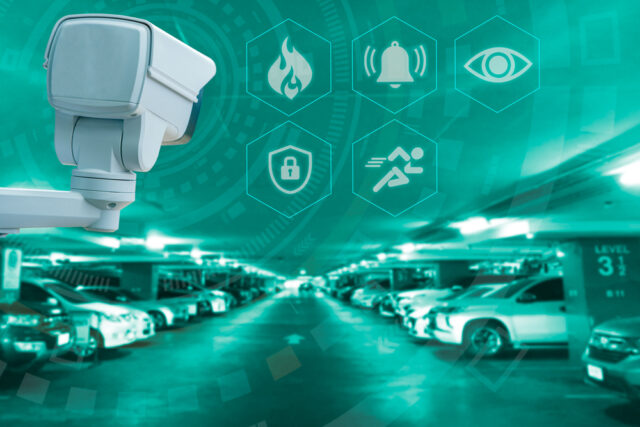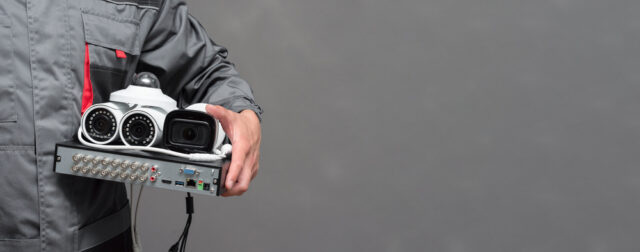
CCTV Blind Spot Control System: 10 Methods of Control
The safety of any facility depends on several factors. But first of all, the effectiveness of video surveillance relies on the absence of blind spots. After all, an undesirable situation can occur right there. We will tell you how to remove the dead zones of a video camera and offer several solutions.
Factors of quality video surveillance
Video surveillance is a unified system aimed at protecting an object, territory, or property. And for everything to work correctly, it is crucial to consider the following factors:
- CCTV project design;
- the physical presence of guards behind monitors (if required);
- the use of different types of cameras in various areas of video surveillance;
- implementation of video analytics;
- control of dead zones.
During the installation of monitoring, the task is to take into account the peculiarities of the territory, provide round-the-clock physical or intelligently automatic control, and exclude the appearance of blind spots
10 methods to deal with blind spots
Dead zones appear if the number of cameras is insufficient or an unsuccessful mounting location has been chosen. Ideally, the images from the devices should overlap each other, overlapping empty areas.
- If blind spots were found, then you can partially solve the problem using:
- installation of equipment so that the direction of illumination and the lens are parallel to each other, avoiding glare;
- dome cameras. They are considered the best at fighting blind spots;
- devices with protected cases. For example, in rooms with high humidity, the camera should be protected from condensation inside and splashing water or steam on the lens;
- removal of cobwebs near cameras, if the equipment is installed outdoors;
- refusal to install under high furniture devices not to obstruct the view.
If we take a comprehensive approach to the issue of dealing with blind spots, then it is also essential to take into account the following factors.
Location choice
Before starting the installation of equipment, you need to determine the system’s goals and the necessary functions. In the future, it is worth starting from this when choosing a place.
If the system needs the Face ID function, the cameras will have to be installed at the level of the visitors’ faces and not under the ceiling.
The effectiveness of the entire video monitoring depends on the choice of location. Therefore, it is worth considering:
- threatening environmental factors (precipitation, sun exposure, vandals, etc.);
- a place where it will be convenient to service the system;
- the geometry of the terrain (trees, natural folds of the earth, entrances, exits, turns of the building, etc.).
The question of choosing the location of the equipment can be considered in more detail in the article: “The best place for mounting a video camera. Expert recommendations ”.
Height selection
The blind-spot monitoring system includes the selection of the correct mounting height for the camera. Typically, the equipment is mounted about 2.5 meters above the ground to cover the entire perimeter of the facility and protect the devices from vandals.
It is impossible to name the optimal height for installation since everything depends on the cameras themselves and their purpose.
Remove all sparkling items
Very often, blind spots appear due to lens flare. Not only can the sun cause this, but all sparkling objects in the field of cameras view, the glare that blinds the devices.
Wide angle of the camcorder view
Choose cameras with the most significant possible viewing angle. Ideally, 360 degrees. But if this is not possible, then consider that the equipment must be mounted so that the image from the adjacent camera covers the blind zones.
PTZ cameras
PTZ cameras can be considered as an alternative option for blind spots monitoring. Their significant advantages:
- maximum coverage of the territory;
- total control of the object;
- easy installation and use;
- elimination of blind spots;
- the ability to connect analytics. For example, the Faceter service.
Summing up
Blind spots are the enemy of video surveillance, reducing the efficiency of the system. To avoid them, you need to design and install cameras correctly, consider the features of the object of observation, and select equipment appropriate to the goals and capabilities.















